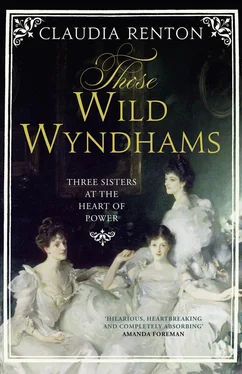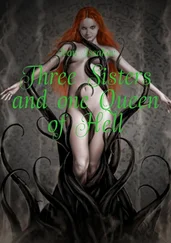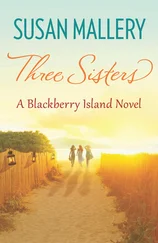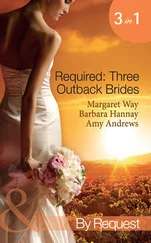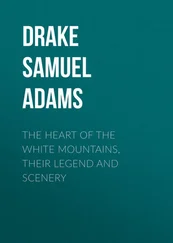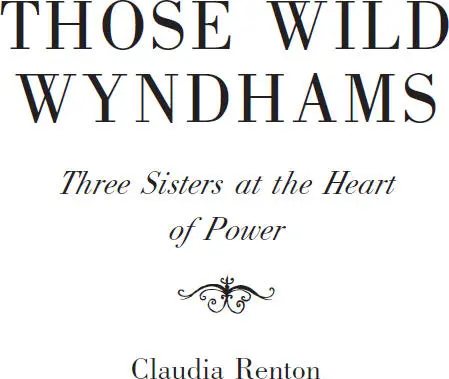

Dedication
For Mama.
Always.
Epigraph
‘La Chanson de Marie-des-Anges’
Y avait un’fois un pauv’gas,
Et lon la laire,
Et lon lan la,
Y avait un’fois un pauv’gas,
Qu’aimait cell’qui n’l’aimait pas.
Elle lui dit: Apport’moi d’main
Et lon la laire,
Et lon lan la,
Elle lui dit: Apport’moi d’main
L’cœur de ta mèr’ pour mon chien.
Va chez sa mère et la tu
Et lon la laire,
Et lon lan la,
Va chez sa mère et la tue,
Lui prit l’cœur et s’en courut.
Comme il courait, il tomba,
Et lon la laire,
Et lon lan la,
Comme il courait, il tomba,
Et par terre l’cœur roula.
Et pendant que l’cœur roulait,
Et lon la laire,
Et lon lan la,
Et pendant que l’cœur roulait,
Entendit l’cœur qui parlait.
Et l’cœur lui dit en pleurant,
Et lon la laire,
Et lon lan la,
Et l’cœur lui dit en pleurant:
T’es-tu fait mal mon enfant?
Jean Richepin (1848–1926)
‘Do you know Richepin’s poem about a Mother’s Heart? It means something like this:- “there was a poor wretch who loved a woman who would not love him. She asked him for his Mother’s heart, so he killed his Mother to cut out her heart and hurried off with it to his love. He ran so fast that he tripped and fell, and the heart rolled away. As it rolled it began to speak and asked “Darling child, have you hurt yourself?”’
George Wyndham to Pamela Tennant, 11 March 1912
Contents
Cover
Title Page
Dedication
Epigraph
Family Tree
Prologue
1. ‘Worse than 100 boys’
2. Wilbury
3. ‘The Little Hunter’
4. Honeymoon
5. The Gang
6. Clouds
7. The Birth of the Souls
8. The Summer of 1887
9. Mananai
10. Conflagration
11. The Season of 1889
12. The Mad and their Keepers
13. Crisis
14. India
15. Rumour
16. Egypt
17. The Florentine Drama
18. Glen
19. The Portrait, War and Death
20. Plucking Triumph from Disaster
21. The 1900 Election
22. Growing Families
23. The Souls in Power
24. Pamela at Wilsford
25. Mr Balfour’s Poodle
26. 1910
27. Revolution?
28. 1911–1914
29. MCMXIV
30. The Front
31. The Remainder
32. The Grey Dawn
33. The End
Picture Section
List of Illustrations
Notes
Bibliography
Index
Acknowledgements
About the Author
Copyright
About the Publisher
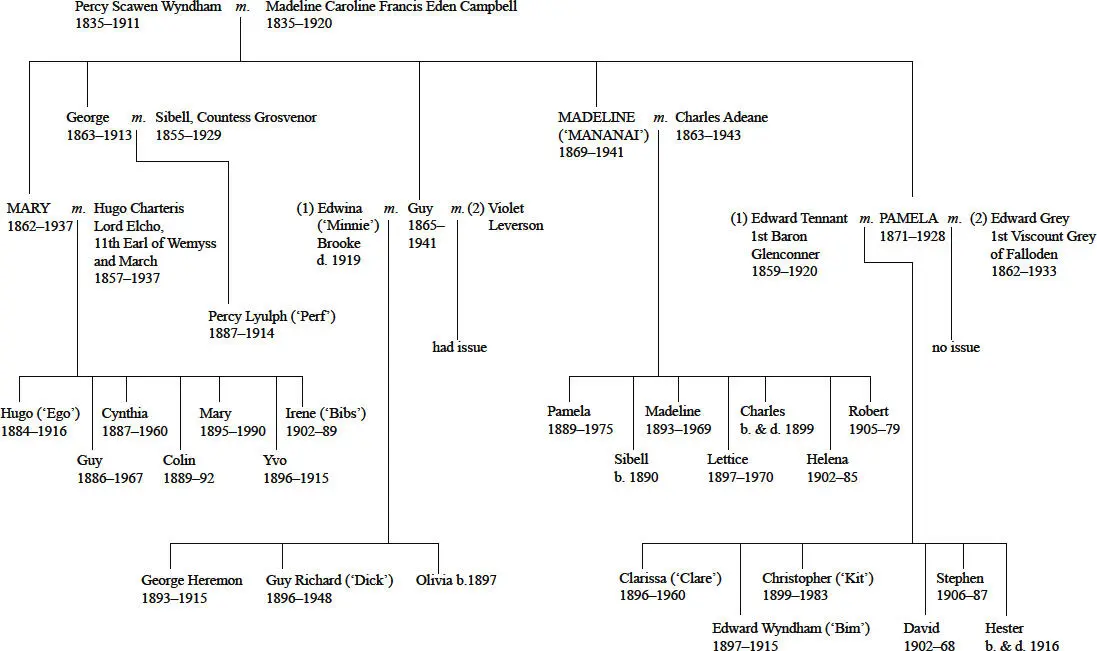
On a cool February night in 1900, Pamela Tennant, wife of the industrialist Eddy Tennant, was dining at the London townhouse of her brother and sister-in-law, Lord and Lady Ribblesdale. The Season had not quite started, but there was already a smattering of balls. By early summer that smattering would become a deluge, as seemingly every house in Mayfair echoed to the strains of bands and England’s elite waltzed round and round camellia-filled ballrooms in what would prove to be the last year of Victoria’s reign. Thus far, London seemed to have escaped the disgusting yellow smog that had blanketed the city for months the year before, and added to the misery of the swathes affected by a bad strain of influenza that year.
Pamela was not really looking forward to the Season that was to come: or to any Season, for that matter. In the five years since she had married, her refusal to play ball socially had provoked several spats with her sister-in-law. Charty Ribblesdale, one of the audacious Tennant sisters who had launched themselves on to London Society twenty years before, could not understand why Pamela should wilfully clam up when faced with new people. Pamela’s refusal to play by any rules but her own mystified Charty and her sisters Margot and Lucy. They thought it alien to the ethos of the Souls: their fascinating, chattering set who affected insouciant, swan-like ease, no matter how frantically their legs paddled beneath the serene surface.
The delightfully haphazard Mary Elcho, Pamela’s eldest sister, was a leading light of the Souls. Pamela, beautiful, brilliant, a master of the pointed phrase, had it in her to joust with the best of them. But she chose not to. Instead, she professed disdain for ‘those murdered Summers’ of the Season, and openly expressed her preference for Wiltshire, where she caravanned across the Downs in the company of her children. 1It was a very peculiar attitude.
The burly American placed next to Pamela also seemed ill at ease among Society’s hubbub. John Singer Sargent, whose Carnation, Lily, Lily, Rose had dazzled the Royal Academy over a decade before, was establishing himself as a society portraitist par excellence , but he had little time for his sitters’ chatter. He preferred quiet times in the Gloucestershire village of Broadway with his sisters and nieces – incidentally not far from where Mary Elcho lived at Stanway. ‘He was very nice & simple, & … very shy & not the least like an American,’ Mary’s friend Frances Horner reported to the artist Edward Burne-Jones after meeting Sargent (for Sargent, although an American by parentage, had been born and raised on the Continent), ‘& he wasn’t very like an artist either! … he hated discussing all his great friends … & talking about his pictures.’ 2
Perhaps Charty took a certain pleasure in seating Pamela next to Sargent that evening. A taste of her own medicine – and Charty could justify the placement because Sargent was currently working on a portrait of Pamela and her sisters. It had been commissioned by their father, Percy Wyndham, who, with his wife Madeline, had built Clouds in Wiltshire, a house little over a decade old and already famous as a ‘palace of weekending’. 3Pamela, Mary and sweet-natured Madeline Adeane (who so unluckily after a whole brood of girls had finally succeeded in giving birth to a boy only for the premature infant to die the same day) had been sitting to Sargent ever since then.
There was plenty to talk about. No mention was made of the Boer War’s disastrous progress, or Pamela’s elder brother George, Under-Secretary in the War Office, whose triumphant speech in the House of Commons a few weeks before had singlehandedly seemed to redeem the Government’s conduct of the war. All Sargent’s talk was of the portrait. The first sittings had taken place over a year before, in the drawing room of the Wyndhams’ London house, 44 Belgrave Square. Yet just recently, Pamela, in the thick of preparations for one of the tableaux of which she was so fond, received a letter from Percy suggesting that Sargent’s portrait might still not be finished in time for this year’s Summer Exhibition at the Royal Academy. What with the uncertain light at this time of year, and the fact that the Wyndhams would not be in London until after Easter, ‘perhaps this is better’, he concluded. 4To Pamela’s mind, this was not better. At this rate, she replied ominously, there was the danger that ‘we shall all be old and haggard before the public sees it’. 5
Читать дальше
